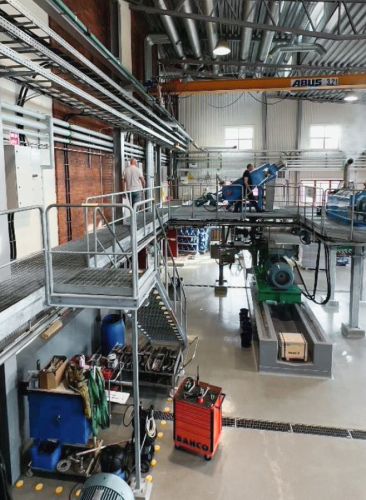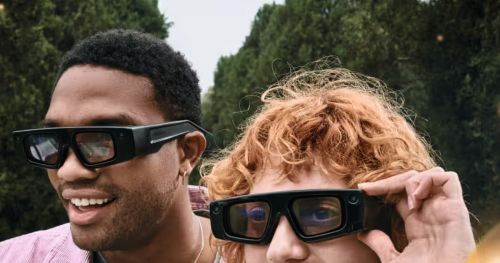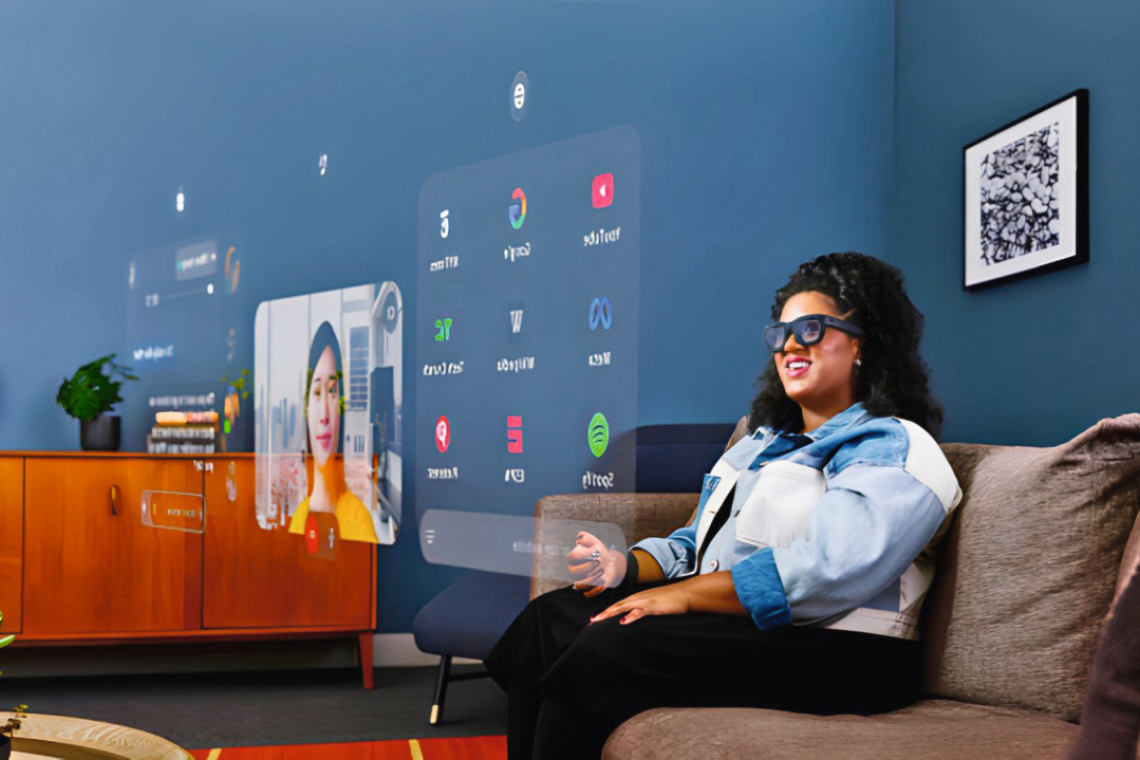After diamonds - now rubies
The production of artificial industrial diamonds for grinding and polishing the surface of metals and other materials has long been established. In recent years, Chemical Vapor Deposition (CVD) technology has been further developed to produce diamonds for jewelry. There is currently competition between so-called "natural diamonds", which are mainly mined in southern Africa, and "artificial diamonds", some of which are produced in Germany. Only in a well-equipped laboratory can the two be distinguished, and we know that CVD technology can only get better and cheaper. In the long term, African countries seem to be the losers. Now, for the first time, rubies have been successfully grown in a piece of jewelry.
Sophie Boons, a lecturer at the University of West of England in Bristol, is believed to be the first person to grow a full-size ruby in a jewelry setting. To grow the gemstone, Sophie Boons started with a ruby "seed" - a tiny fragment of ruby made from scraps. This was placed in a platinum ring and loaded into an oven. Within a few days, the tiny fragment grew into a full-sized gemstone with the help of a flux. The furnace time was between 5 and 50 hours. With longer times, the gemstone not only became larger, but also more transparent.
Sophie Boons appears to have been the first person to grow a ruby "in situ" in a piece of jewelry. However, loose lab-grown rubies have been available for some time. They are offered on Google and often cost less than 10 euros. Most natural rubies are mined in Myanmar (formerly Burma). Natural and artificially produced rubies have the same chemical composition - Al2O3. The resourceful ruby grower also works with the Swiss company Brevalor Sàrl, which was founded by Dr. Daniel Rytz and has developed a new jewelry material called "BRG", which - among other properties - glows in the dark. The BRG crystals are grown using techniques very similar to those used to grow silicon single crystals.
 Figure 1: The newly opened ReLeaf facility near Paris (Photo: Releaf)Artificial diamonds, rubies and zirconia - man-made single crystals of zirconium (IV) oxide - the world of jewelry is changing and there will be winners and losers, but it seems likely that prices will fall. You can find out more about artificial gemstones at:
Figure 1: The newly opened ReLeaf facility near Paris (Photo: Releaf)Artificial diamonds, rubies and zirconia - man-made single crystals of zirconium (IV) oxide - the world of jewelry is changing and there will be winners and losers, but it seems likely that prices will fall. You can find out more about artificial gemstones at:
A new paper source
Currently, almost all so-called "new paper" is made from tree trunks grown mainly in North America and shipped across the Atlantic to us in Europe. Some also comes from Finland and other Nordic countries. There is also an efficient recycling system where virgin fiber paper is turned into pulp and made available for packaging and other low-value uses. However, the cellulose fibers in such recycled paper are shorter than those in virgin fiber paper, resulting in poorer quality. Now two Ukrainians who have emigrated to France have found a new source of cellulose and started producing paper not far from Paris. What is this new source? Answer - leaves from trees, mainly in cities. Their new company is called "ReLeaf" (Leaf means leaf in German; https://www.releaf-paper.com). City councils around the world have always seen leaves as a problem. It is swept up and collected (which costs money) and then often burned, causing pollution. In some cases, the leaves are turned into compost. Figure 1 shows the newly opened plant.
So here we have a new source of paper that is free. It comes in different sizes and weights - such as 80 g/m2. Scientists and technologists around the world are researching other new sources of cellulose, such as seaweed. We wish them every success. Shipping logs across the Atlantic is not sustainable.
Wearable electronics - what's next?
We've come a long way since we started wearing electronic watches on our wrists. Now Meta is competing with Google to produce ever more sophisticated "smart glasses" (eyewear). And - at the moment - Meta seems to be winning. Figure 2 shows an advertisement for the latest version of this device, the RayBan Meta Glasses, known as "Orion".
 Figure 3: Spectacles from Spectacles have much thicker frames (Photo: Spectacles)
Figure 3: Spectacles from Spectacles have much thicker frames (Photo: Spectacles)
What can these devices do? One might rather ask: What can't they do? If you speak to someone wearing these glasses in English, what they say is immediately translated into German. You can ask any question and AI will try to give an answer using the voice of famous British actress Judi Dench or other celebrities. The glasses can scan a QR code or recommend a restaurant near the wearer. Images can be projected onto the eye using holography. The glasses are equipped with a camera that takes a photo on command. They play music of your choice, with Spotify as the source. They look like normal glasses and have other functions that I have not mentioned. One downside - the battery life is usually only 4 hours. The new glasses are currently not available in the EU, but only in the USA, Canada, Australia and New Zealand, due to problems with EU legislation. According to information from Brussels, the devices do not comply with privacy and data protection regulations. How much will the new Orion glasses cost? Well under 1000 euros, according to the forecast. A major competitor - Google Glasses - was taken off the market last year and it is not clear what plans Google has for the future. There is at least one other player in this space - Spectacles - www.spectacles.com, part of the Snap Group. Their frames are much wider and thicker than Meta's, which could theoretically allow them to incorporate longer-lasting batteries (Figure 3). However, they currently only have a battery life of 45 minutes. In contrast, while Meta's glasses look like normal glasses, Spectacles' do not.
All three companies are American - and there are others supposedly in the same field. These include Apple, Magic Leap and Niantic. Will we all be wearing these devices in the future?
Address of the author
Dr. Anselm T. Kuhn, c/o Metal Finishing Service Ltd,
105 Whitney Drive, Stevange, Herts, SG14BL/England;
Fax: +44/1438-906306, e-mail:





